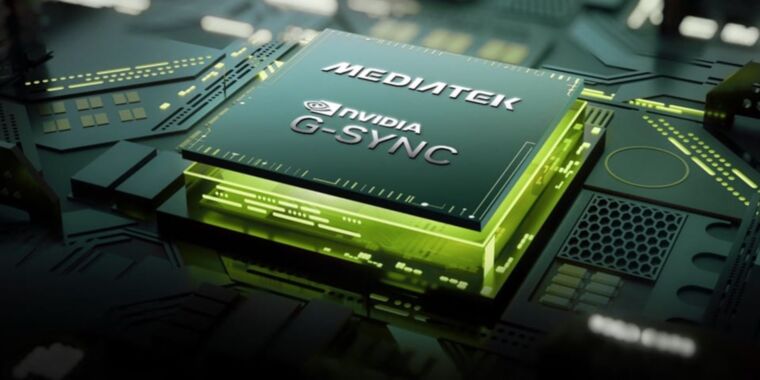Back in 2013, Nvidia introduced a new technology called G-Sync to eliminate screen tearing and stuttering effects and reduce input lag when playing PC games. The company accomplished this by tying your display’s refresh rate to the actual frame rate of the game you were playing, and similar variable refresh-rate (VRR) technology has become a mainstay even in budget monitors and TVs today.
The issue for Nvidia is that G-Sync isn’t what has been driving most of that adoption. G-Sync has always required extra dedicated hardware inside of displays, increasing the costs for both users and monitor manufacturers. The VRR technology in most low-end to mid-range screens these days is usually some version of the royalty-free AMD FreeSync or the similar VESA Adaptive-Sync standard, both of which provide G-Sync’s most important features without requiring extra hardware. Nvidia more or less acknowledged that the free-to-use, cheap-to-implement VRR technologies had won in 2019 when it announced its “G-Sync Compatible” certification tier for FreeSync monitors. The list of G-Sync Compatible screens now vastly outnumbers the list of G-Sync and G-Sync Ultimate screens.



So I have two Acer monitors with the dedicated G-Sync hardware, are those compatible with AMD freensync? I think both displays predate AMD freesync though.
I’m curious now that I’ve switched to Linux I’m running into issues with my NVIDIA GPU and Wayland suspend/hibernate functionality.
Have a look at the manual but I don’t think chances are good.
Suspend/hibernate is iffy in general, doesn’t necessarily have to do anything with the GPU. You’ll need sufficient swap space and a BIOS which is playing nice. Aside from slogging through logs to see if anything throws particular errors you can try booting without nvidia drivers (plain VESA console if you have to) and trying to hibernate that.